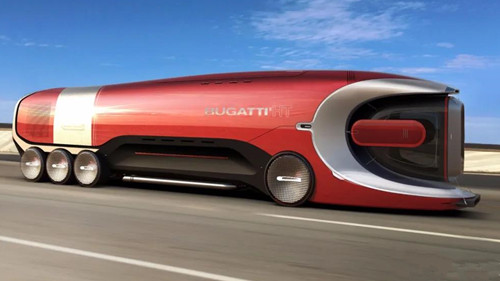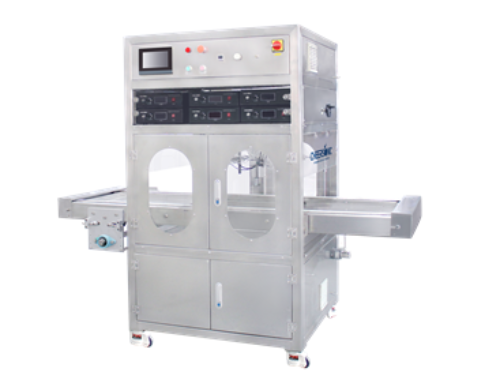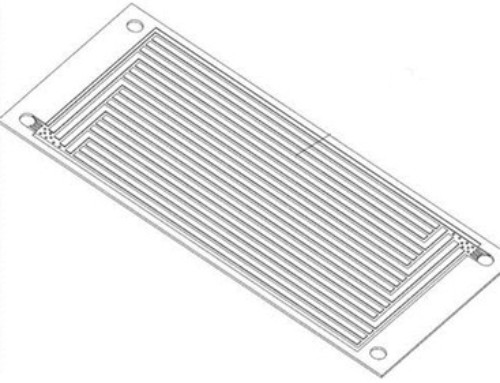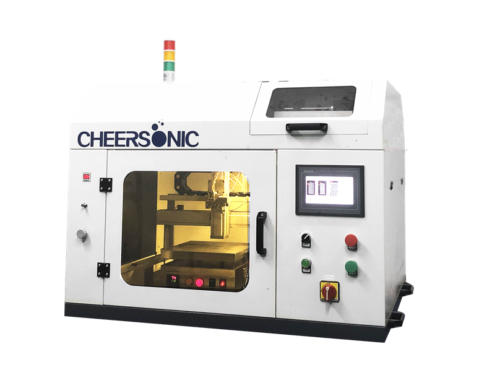Project Description
New Energy Heavy Truck Development
In recent years, new energy heavy truck development, in the field of heavy trucks with higher requirements for new energy power systems, hybrid, pure electric and fuel cell technologies have continued to develop, new application scenarios have been continuously developed, and demand has continued to grow. New energy heavy trucks have already shown development potential.

1 Technical status of hybrid heavy trucks
So far, the development of new energy vehicle technology, hybrid technology is the most mature, and the increased cost is the smallest. At present, the hybrid power system includes three types: series, parallel and hybrid.
The parallel hybrid power system is composed of a traditional internal combustion engine system and a motor drive system. The engine, motor, and transmission are combined to form different power modes, which can be applied to a variety of different driving conditions and have high energy utilization.
At present, hybrid heavy-duty trucks basically use a parallel hybrid system. The system has a high technological maturity and maintains the original model’s power system layout to the maximum extent. It has a simple structure, lighter weight, lower cost and higher system stability.
2 Technical status of pure electric heavy trucks
The technical routes of pure electric heavy trucks are flexible and diverse, mainly including central motor drive, central motor drive axle, wheel motor drive axle and other solutions. The central motor drive scheme is basically the same as the layout of traditional fuel vehicles. The engine and clutch are eliminated, and the drive motor is used to connect the transmission. The original vehicle platform has the highest degree of borrowing. The central motor drive axle solution integrates the drive motor (usually horizontal), transmission and other components at the position of the original drive axle main reducer, with high integration and small layout space. The wheel-side motor solution integrates two drive motors and transmissions on the left and right sides of the axle respectively, and the two motors drive the wheels on this side respectively. At present, the above three schemes are adopted by manufacturers.
Since the driving range of pure electric heavy trucks still needs to be improved, and the charging time is long, and the requirements for infrastructure such as charging stations are high, it is currently more suitable for areas with a fixed driving range and fixed driving time, such as field vehicles and fixed line operation. .
3 Technical status of fuel cell heavy trucks
There are currently three main technical circuits for fuel cell heavy trucks: extended range, mixed power mode and full power mode.
The extended range is mostly used in situations where there is a large gap between fuel cell power and vehicle power requirements; the full power mode has the highest requirements for fuel cells, and the rated power of the fuel cell is basically greater than or close to the maximum power of the vehicle; the hybrid power mode describes Among the two, the hybrid power mode is the most widely used before the fuel cell power is further improved.
At present, fuel cell vehicles have basically completed the integration and performance research and development of fuel cell systems, power systems, and vehicles, and have entered the commercial demonstration stage. Due to the low power of the fuel cell system, the on-board hydrogen storage capacity is still insufficient, and the development of fuel cell heavy trucks is still limited. Follow-up development focuses on key technology upgrades, hydrogen refueling infrastructure construction, and promotion of demonstration operations.
4 Conclusion
China’s new energy heavy trucks are in their infancy as a whole, and their development status shows the characteristics of matching different applicable fields according to their own different technical routes. In short, pure electric is suitable for short-range use, and the demand for pure electric in areas with high environmental protection requirements is more clear; hybrid is suitable for medium-range use, and is suitable for urban complex working conditions (frequent starting and stopping, acceleration and deceleration, etc.), considering attendance and Sustainability and other factors, the higher technological maturity of hybrid power over other forms of new energy reflects its advantages; fuel cells are suitable for long-distance and heavy loads, and after key technologies are tackled, they will become the ultimate solution for new energy heavy trucks.
In summary, pure electric, hybrid, fuel cell and other technical routes have their own characteristics and applicable application scenarios. A reasonable and detailed development plan should be established, relying on industrial alliances, promote technological development, and carry out supporting facilities construction. Promote the development of new energy heavy trucks.




